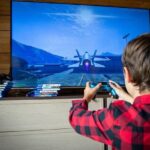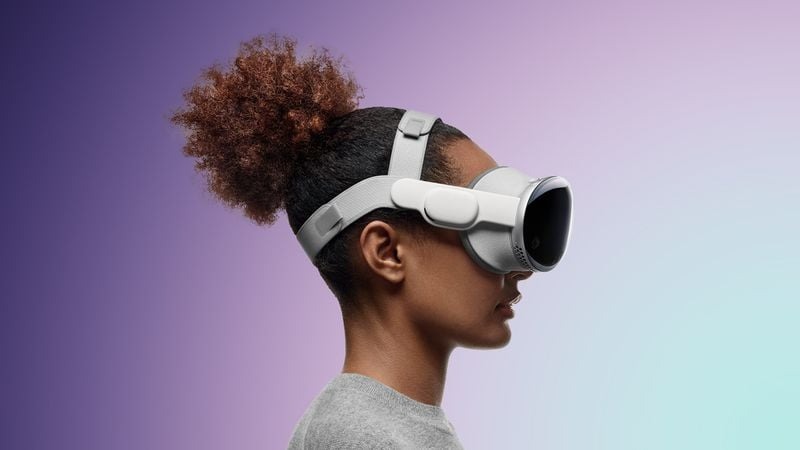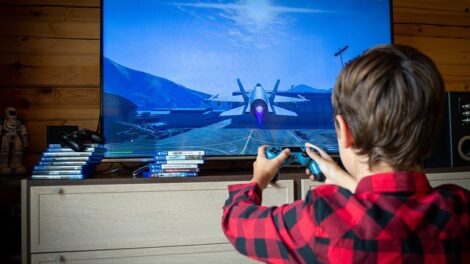Enthusiasts eagerly await Apple energizing the virtual reality landscape following January’s premium Vision Pro headset launch. However, revered Apple analyst Mark Gurman forecasts a lengthy waiting game before a successor Vision Pro 2 manifests, possibly not until very late 2025 at the earliest.
Let’s break down everything known and rumored thus far regarding the Vision Pro lifecycle while assessing Apple’s careful metaverse market strategy.
Why the Extended Delay?
Considering the original Vision Pro endures a seven-year development gestation, another lengthy inter-generational period feels almost expected from a meticulous company like Apple.
During this elongated window, reports suggest Apple focuses resources maturing the current model’s capabilities and building more immersive app ecosystems.
Only once technical foundations firm up does dedicating engineering talent towards a markedly improved Vision Pro 2 follow – likely by integrating lessons learned observing pioneers on hardware’s bleeding edge today.

New Features Expectations for Vision Pro 2
When the Vision Pro 2 ultimately launches, perhaps as a 2026 model, impacted areas may include:
- Significant weight and overall size reductions
- Enhanced hand tracking and gesture controls
- Higher resolution displays with expanded field of view
- Additional environmental sensor arrays
Of course, Apple typically keeps future roadmap cards guarded. But the Vision Pro 2 clearly remains years away pending further spatial computing progress.
A More Affordable 2025 VR Headset?
Intriguingly, despite the high-end device delay, separate reports suggest Apple privately develops a second lower-cost VR headset potentially launching in 2025 itself.
This model likely ditches prosumer frills tailoring around accessibility first with iPhone processing power levels aiming mass adoption.
Such a strategy allows Apple nurturing consumer VR curiosity maximizing revenue scale advantages and App Store ecosystem network effects.
Then the Vision Pro line extends technological boundaries unconstrained chasing bleeding edge use cases.
Metaverse Leadership Remains Wide Open
Stepping back, Apple avoids premature leadership declarations within an immature VR/AR industry refusing steadying.
The lukewarm reception towards Meta’s Quest Pro headset exemplifies market uncertainty still determining ideal functionality balancing capabilities against pricing.
Apple smartly watches for inflection points indicating when everyday consumers actually desire migrating computing activities towards simulated environments. Only then will Apple leverage its unmatched resources accelerating adoption at scale.
Gradual Mainstream Appeal Building
Early skepticism aside, compelling metaverse momentum brews across entertainment, commercial productivity, industrial training, social connection, and educational realms.
As hardware costs inevitably decrease and content libraries explode this decade, Apple stands ready converting future opportunity into dominance.
For now, modest Vision Pro inroads plus mass market headset exploration sensibly pave inroads awaiting improved technology alignment with user problem solving needs.










Add Comment